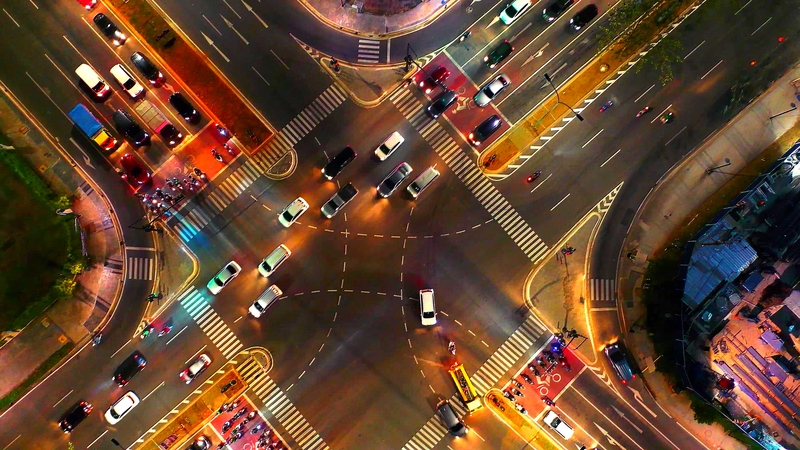
12 trends that will shape the future of cities
02 November 2021
By: Miguel Eiras Antunes, Smart Cities & Urban Transformation, Global Leader, Deloitte
At a time when the pandemic has forced cities all over the world to make drastic transformations, it is more important than ever to collaborate and learn from each other. Only by providing clear, actionable suggestions will it be possible to meet the Sustainable Development Goals and the guidance provided in the New Urban Agenda five years ago. While organisations and companies are looking at cities and urban development with particular interest, it is key to showcase how the public, the private sector and other stakeholders can work together to make change happen now.

This has been the motivation behind the comprehensive analysis we have been doing over recent months. What does a resilient and sustainable urban future look like? Researchers, policymakers and city leaders came together and discussed with Deloitte the 12 trends that will shape the future of cities. These trends – covering all domains of a city, from mobility to safety and security – can help governments develop and evolve their urban transformation strategies, and they can also help them balance short-term pressures with longer-term needs.
Our study combines the insights of different stakeholders that speak from experience about how to create tangible and visible change in cities. Based on evidence and data from more than 40 cities across the globe, the trends underline the urgency of taking action in cities, calling on everyone to be diplomatic only in terms of politics, but not in terms of action. In addition to ‘Green planning of public spaces’, ‘Mass participation’ and ‘City operations through AI’, the following two trends are examples of the changes that the study anticipates will evolve further:
Intelligent, sustainable mobility as a service
The climate crisis is in large part playing out in cities, which is also where it must be solved. Countless cities are already working towards a digital, clean, intelligent, autonomous and intermodal mobility. Active transport such as walking and cycling has become even more popular and incentivised during the COVID-19 pandemic, and public transport remains crucial for reducing CO2 emissions from cars and instead offering carbon-neutral mobility.
Deloitte foresees some of the most striking changes in the next decade in the field of mobility. With robot taxis, passenger drones, tunnels under the city and smart one-stop applications, transport in cities will become ever more electrified, autonomous, connected, and multimodal. User-centricity is a trend that is already visible in many cities that have started to regard mobility as a service.
Smart and sustainable buildings and infrastructure
To meet the Sustainable Development Goals and the Paris climate goals – and on the path for net-zero, cities are aiming to regenerate their buildings and to leverage data for optimised energy and resource use. In fact, currently known technologies and solutions make it possible to cut emissions from cities by about 90 percent by 2050, as estimated by the Coalition for Urban Transitions in 2019. Considering that buildings are currently responsible for 30 to 40 percent of total CO2 emissions in cities, this is one of the areas of action.
Even though many buildings are still energy-inefficient (in the EU, only about 75 percent of building stock was energy-efficient in 2020), there are many reasons for hope. Green buildings, smart IoT technologies, 5G telecommunication infrastructure and smart utilities will create a much more efficient infrastructure in many cities.
Cities such as London and Copenhagen are already advancing towards zero carbon in 2030 and 2025 respectively. They show that smart and sustainable buildings can augment and enhance our ways of living through smart features, better services and important information. This requires close collaboration among concerned stakeholders, as well as sufficient funding. In a more human-centric city, occupants interact with their buildings to create optimum performance. Continuous learning will make meeting climate goals much easier – both for residential and for public and commercial buildings.
Creating urban futures with a purpose
Our research shows that cities need to act now. Countless messages of hope show that change is already happening. When the public and private sector start to collaborate in areas such as mobility and infrastructure, the impact is particularly big. By looking at which trends are present in a city and which ones offer potential to be implemented, it becomes easier to make future-looking, impactful, and authentic change.
The Deloitte webinar series Urban Future with a Purpose has exemplified that by connecting the many important stakeholders, it is possible to make a difference while focusing on human living rather than just urban living. Let’s work together to create change in cities – now.
In partnership with:








